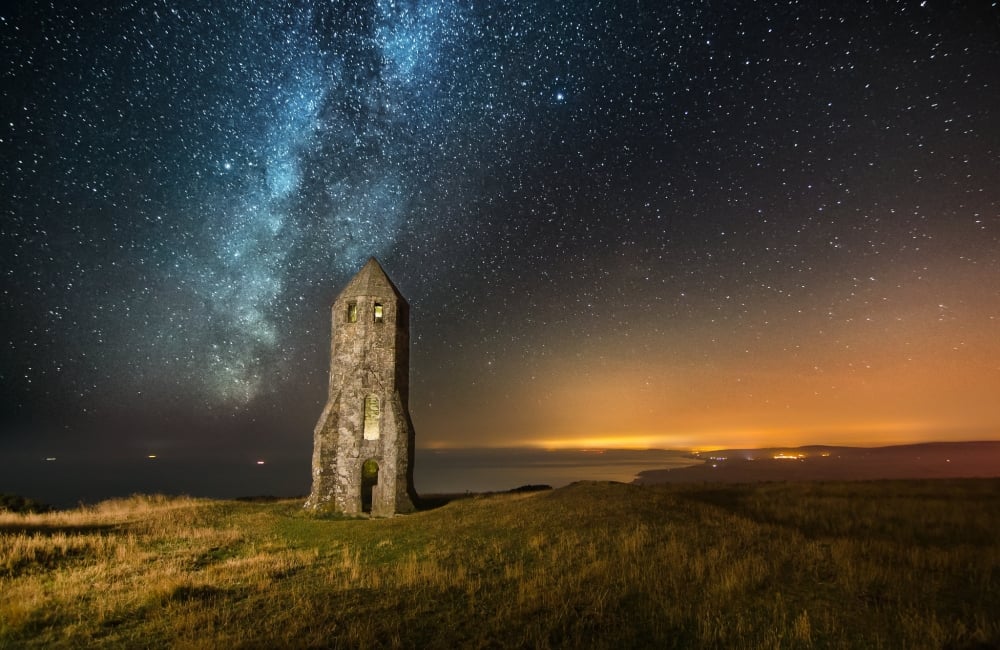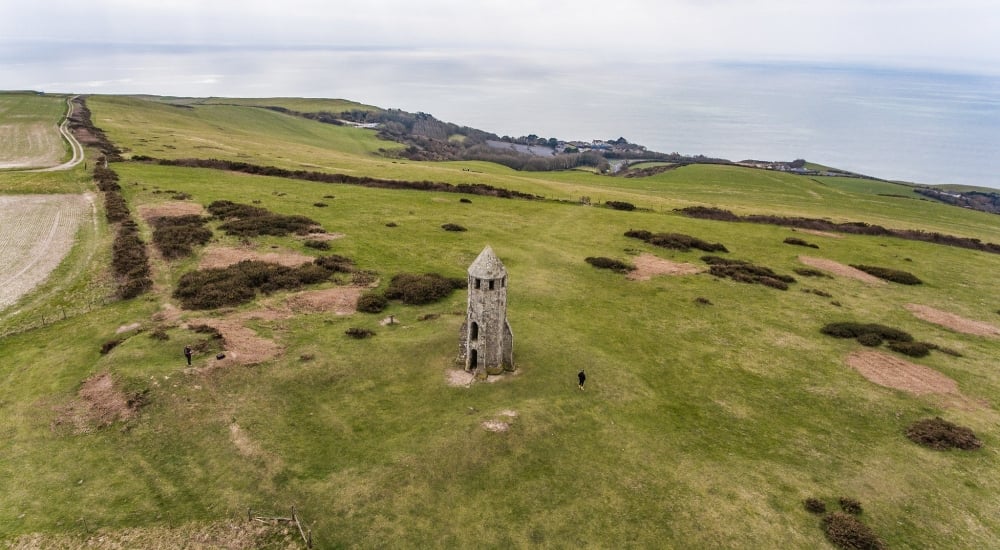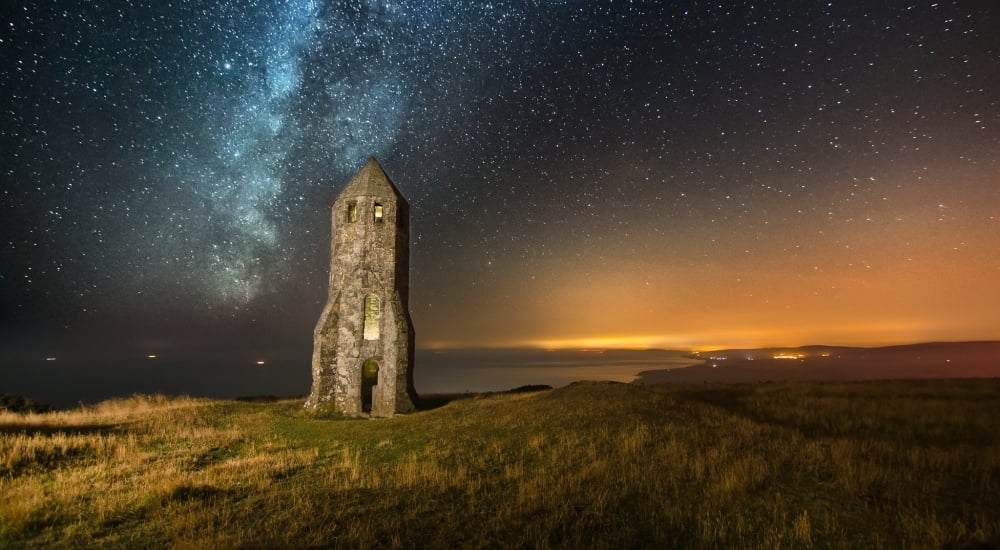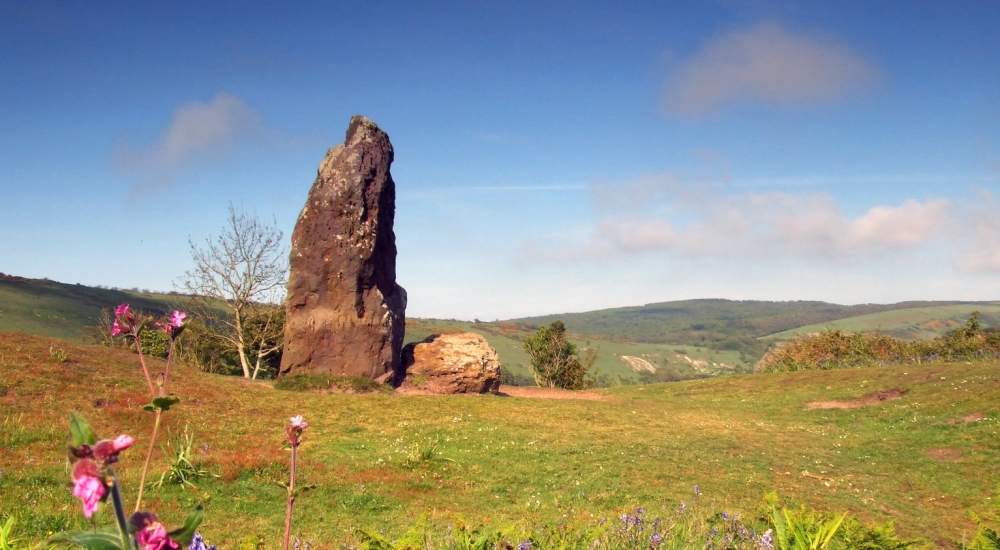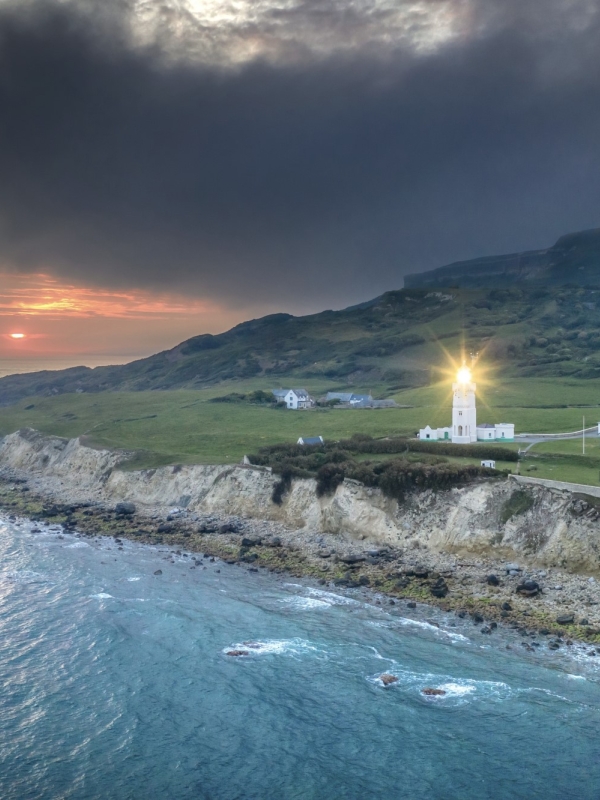Myths and Legends of the Isle of Wight
Some chapters in the Isle of Wight's history are well recorded thanks to the diligence of historians. Events such as Queen Victoria's years at Osborne and the wartime role of the Pipeline Under The Ocean (PLUTO) are celebrated, with stories being re-told and passionately preserved.
However, there are other Isle of Wight tales that fall under the 'myths and legends' category. There are battles with the devil, mysterious moving stones and penances for theft.
Some may hold a grain of truth to them, others are a little less convincing! We'll leave you to decide how much truth there is to these Island tales.
All Saints Church, Godshill
Picture-perfect Godshill is a popular spot for a cream tea or a walk around its intricate Model Village.
The thatched church that sits on top of the hill overlooking the village has its own tale, which has been passed down the generations.
In the 7th Century, the villagers had been converted to Christianity and decided to build a church at the bottom of the hill.
After a backbreaking day of moving stones and laying out plans, they awoke to find the stones and tools had been moved to the top of the hill. The villagers moved the stones and tools back down the hill but repeatedly found they had been relocated overnight.
The villagers decided that this was God's plan and that the area should be called God's Hill. The location where they originally planned to build the church was renamed as Devil's Acre.
The Longstone
The tale of these two prehistoric stones in the West Wight is one of the more outlandish!
Legend has it that St Catherine and the Devil threw the stones from St Catherine's Down - a distance of about eight miles. Good conquered over evil with St Catherine's stone travelling slightly further. She had won the bet and took control of the Island.
The larger stone is now known as St Catherine's stone and is about 4m high and 2m wide. The smaller stone is the Devil's stone and is about 3m by 1m.
Brighstone's Dragon Tree
Down a footpath in the pretty village of Brighstone lies the Dragon Tree, across the Buddle Brook.
Legend records that Saint Tarquin of Vectis returned after taking part in the Crusades to find the villagers under siege from a dragon.
After a month of praying and fasting in the village church, he picked up a staff made of hazel and lunged at the beast. It instantly turned to wood and the village was saved.
The Pepperpot
Visitors to Blackgang, Niton and the South Wight will spot an octagonal structure that sits on St Catherine's Down. Some refer to it as the Pepperpot, whilst others call it St Catherine's Oratory or St Catherine's Tower.
It is thought to have been built in 1323, as a lighthouse to protect sailors from the Island's treacherous southern shore.
The story goes that nine years earlier, a ship travelling from a monastery in Northern France was carrying communion wine when it was wrecked at Chale Bay. Servants of Walter de Godeston looted the vessel's sacred cargo. As penance, de Godeston agreed to build the tower and an adjoining building. His punishment also included an endowment for a Priest who would say prayers for his family and keep the flame burning.
The main building was destroyed in the reformation but the tower has survived.
God's Providence House
In the market town of Newport, you can find diners enjoying a light bite at God's Providence House, under the shadow of St Thomas' Church.
The history of the building dates back to 1524 but it was events later in the century that supposedly gave it its name.
A plague was terrorising the Island, but this one building was spared and no-one became ill or died.
Despite receiving 'God's providence', the building did suffer from a fire in 1699 and was due to be demolished before being turned into a private house.
There are other myths and legends associated with God's Providence House including the ghost of a girl who lives on the first floor and a Captain whose wrecked boat was used to rebuild the property after the fire.
The Castle Inn, Newport
In 1647, King Charles I spent around a year captured at Carisbrooke Castle. He made various attempts to escape but there is also a local legend involving a nearby pub.
The story is that a tunnel was constructed between Carisbrooke Castle and the Castle Inn. The King was able to stroll through the tunnel for a quiet drink in the pub before returning to captivity in the castle.
No evidence has been uncovered of the tunnel ever existing, although you can still pop into the Castle Inn for a drink in Newport High Street.
This particular story would have been some achievement if it was true, as the distance between the two sites is around one mile.
For more Island inspiration, see our Explore section.
Find Ways To Save.
Book your ferry travel to the Isle of Wight today!


